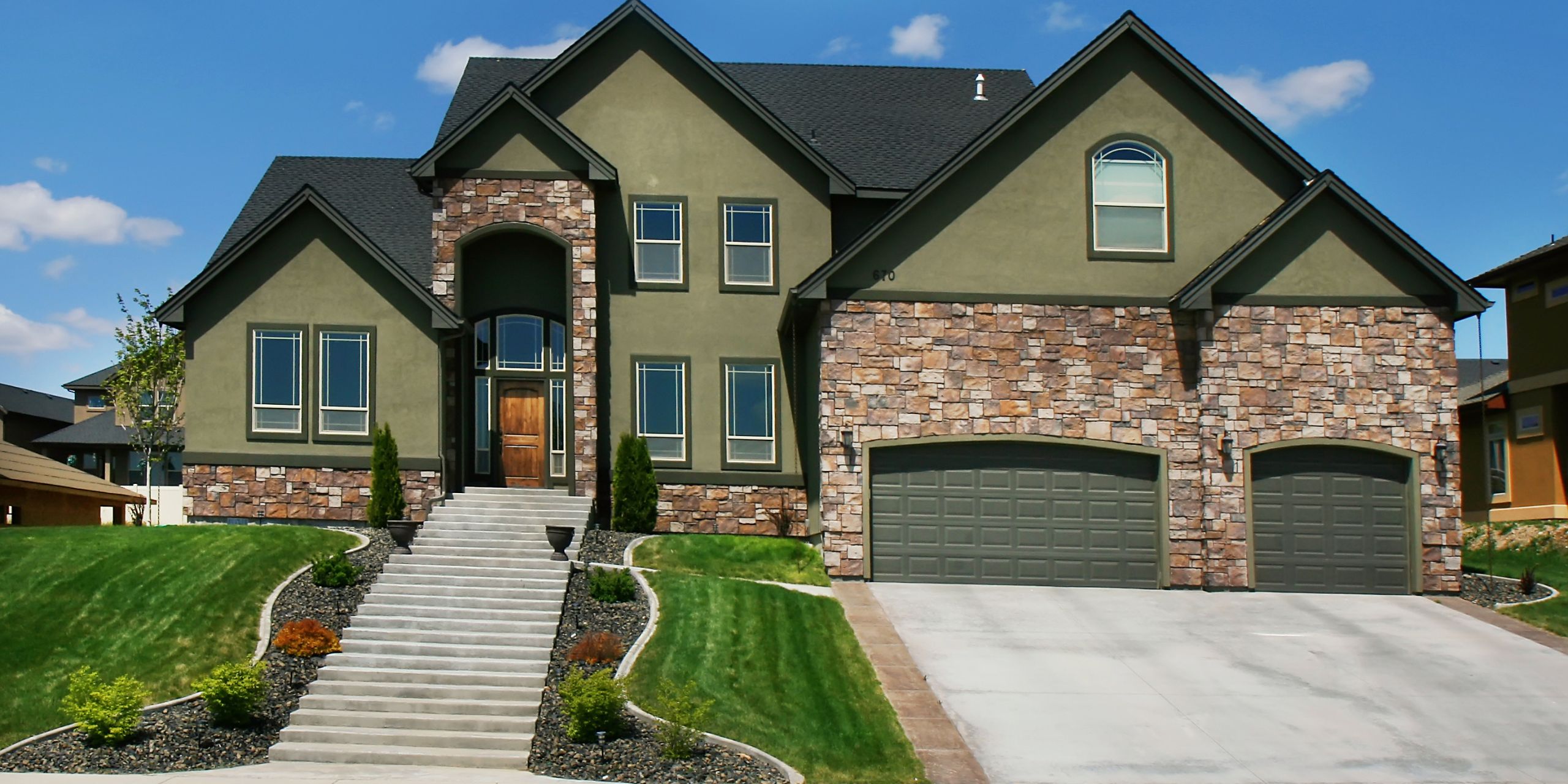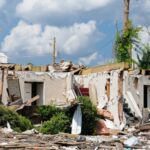It has become crucial for homeowners to take action to safeguard their homes and the safety of their family in a world where natural disasters appear to be happening more regularly and with greater ferocity. You may build a robust home that can survive the corrosive effects of nature by making wise home renovations. The numerous home renovation initiatives that can help you protect your property from natural disasters including hurricanes, floods, wildfires, and earthquakes are covered in this article.
Upgrades that Resist Hurricanes
Hurricanes can seriously harm properties, mainly because of their strong winds and torrential rain. Consider making the following upgrades to shield your home from these damaging forces:
Install impact-resistant windows and doors to protect your home’s interior from harm. These specifically made windows and doors can withstand the force of debris carried by heavy winds.
b. Strengthen your roof: Adding hurricane straps or clips to your roof can help it withstand strong winds. Additionally, if there is any damage, using a secondary water barrier underneath the roof covering can stop water intrusion.
c. Secure outside goods: In order to protect outdoor things like chairs, barbecues, and trash cans from becoming missiles during a storm, make sure to anchor them or bring them inside.
d. Trim trees and branches: Regular tree and branch trimming can reduce the danger of property damage brought on by falling objects.
Measures to Prevent Flooding
Your home may sustain significant damage from flooding, particularly if it’s situated in a floodplain. To safeguard your property, think about putting these flood-proofing measures in place:
Elevate your home to reduce the chance that floodwaters will access your property. If at all possible, lift your home above the base flood elevation (BFE) in your neighborhood.

Installing flood vents will allow water to pass through the foundation of your home during a flood, balancing the pressure and lowering the possibility of structural damage.
c. choose flood-resistant materials: When remodeling or constructing a new home, choose flood-resistant materials for the walls and flooring, such as concrete, stone, or brick. Choose wall coverings and insulation that are water resistant as well.
Installing a sump pump can help reduce the danger of flooding by removing extra water from your basement.
Wildfire Prevention Techniques
Homes in fire-prone areas are seriously at risk from wildfires. Implement the following upgrades to safeguard your home against wildfires:
Create a defensible area around your property by removing any plants or flammable debris that are within 30 feet of it. This will help to prevent the spread of fire.
b. Pick fire-resistant materials: When building or remodeling your home, choose fire-resistant components like double-paned or tempered glass windows, stucco or brick siding, or metal or tile roofing.
Installing vents with mesh screens can stop embers from getting inside your house and starting a fire.
Maintain your landscaping by routinely clearing your yard, gutters, and roof of dead leaves, branches, and other combustible waste. To reduce the likelihood of a fire spreading, prune trees and shrubs.
Structures Resistant to Earthquakes
Homes are particularly vulnerable to serious damage from earthquakes in regions with significant seismic activity. Improve your home’s earthquake resistance by making the following changes:
Retrofitting your home entails strengthening the walls, foundation, and other structural components of your house to increase its resistance to seismic pressures. To identify the best retrofitting methods for your particular property, consult a specialist.
b. Anchor heavy appliances and tall furniture to the wall to prevent them from toppling over in an earthquake. Heavy appliances like refrigerators and water heaters should also be secured.
c. Install gas shut-off valves. Gas leaks brought on by earthquakes might result in fires or explosions. Gas shut-off valves that operate automatically can assist avoid this by cutting off the flow of gas when seismic activity is detected.
d. Upgrade construction materials: Use strong, flexible building materials that can better withstand earthquake stresses, such as steel framing and plywood sheathing.
Measures for general resilience
In addition to the particular upgrades already stated, the following general actions might strengthen your home’s overall resistance to natural disasters:
a. Purchase a backup power source to ensure the continued operation of critical systems and appliances during power outages brought on by natural catastrophes. Backup power sources include solar power systems and generators.
Installing a whole-house surge protector will shield your home’s appliances and electrical system against power surges brought on by lightning strikes or other disruptions.

b. Regularly maintain and check your property: Check the foundation, walls, and roof of your home as well as the other structural elements. Reduce the possibility of harm during a natural disaster by swiftly addressing any potential issues.
Create a thorough emergency plan for your family, including escape routes, communication techniques, and a list of necessary items to have on hand. d. Create an emergency plan. To make sure everyone is familiar with the procedures, regularly practice the plan.
Your home’s resistance to natural disasters can be considerably increased by making wise home modifications. By putting the improvements outlined in this article into practice, you can not only safeguard your home and your family’s safety, but you may also be able to reduce your insurance costs and raise the value of your house. Even though no home can be completely protected from disasters, taking proactive steps to protect your property from nature’s corrosive forces can make all the difference when disaster strikes.





